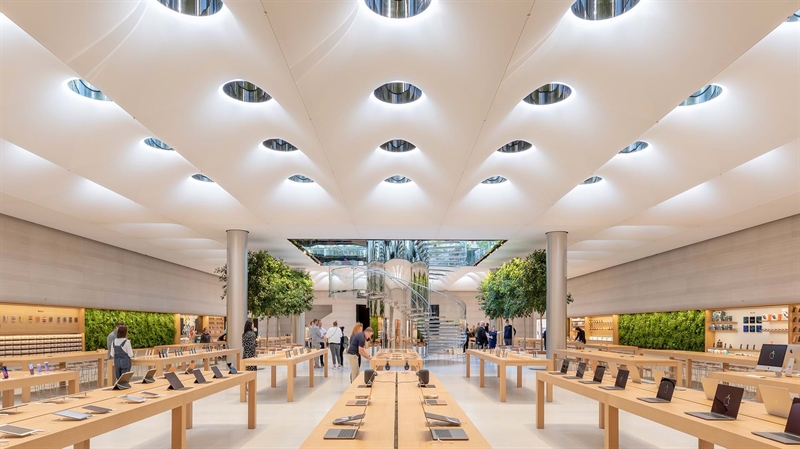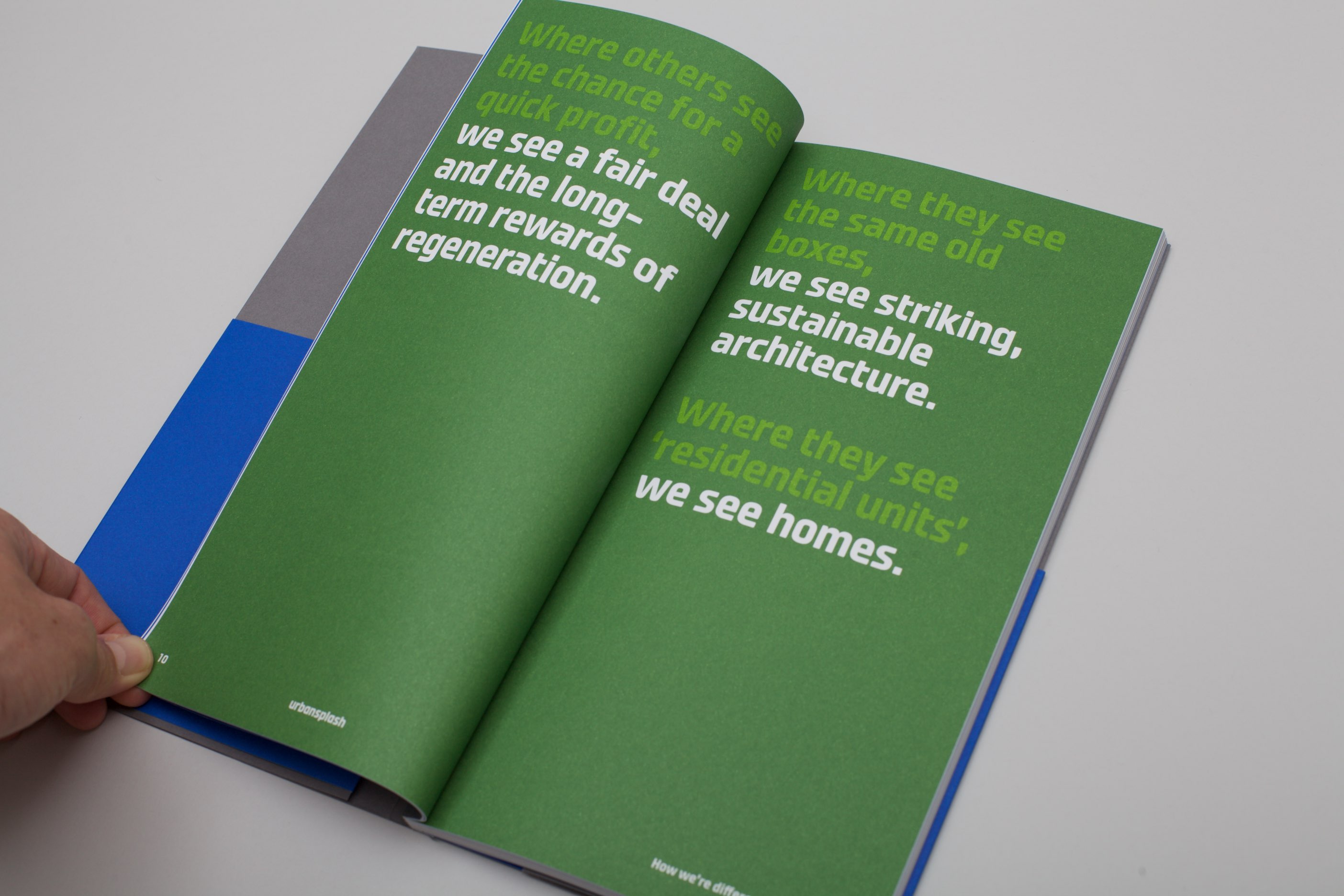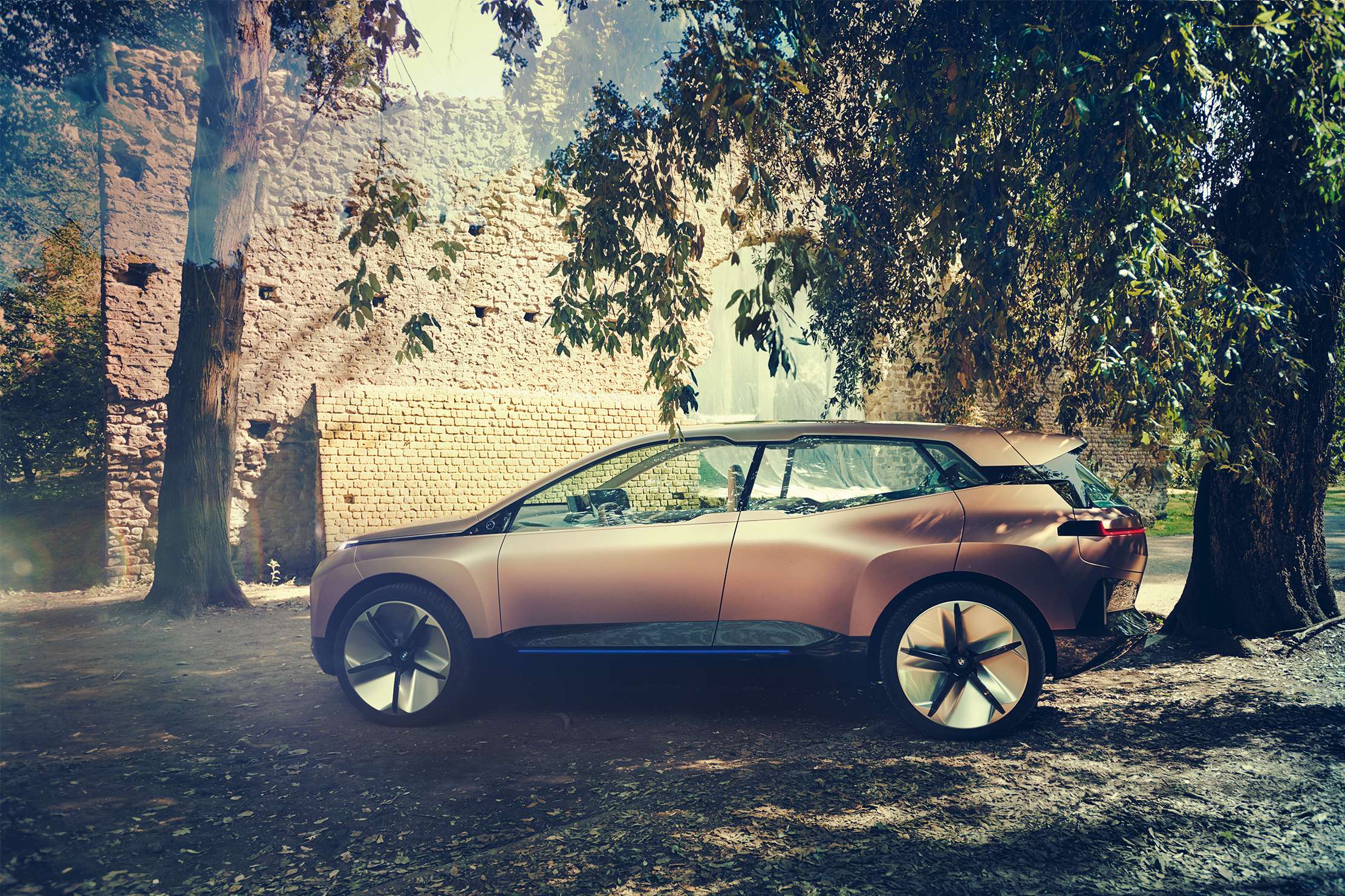
Sustainability as a Marketing Tool
Nour Hassoun | 21 May, 2020


Design
Within the past decade, the world has witnessed a massive shift in environmental concern and a demand for more eco-friendly products and consumables. Whereas in the 20th century, design had adopted the Enlightenment-esque knack for reason and technological innovation, this concern grew over the years into a contemporary demand for sustainable means of living. The digital age has pushed forth a heavily widespread understanding of concepts such as companies’ carbon footprint, as well as sourcing of materials and environmental conduct – turning such attributes into demands. No longer were firms given a pass for abusing the Earth’s resources in the name of technological innovation. From daily consumables to the automotive products we purchase, sustainable practices have been adopted to appeal to this mass desire for a greener planet. Yet when such practices only take the forefront after large demand is expressed for them, how genuine could they really be? It is no shocking accusation to assume that many companies out there design to sell, and not to preserve the environment. It is also fair to assume that the rise in popularity of sustainability marketing initiatives among international corporations is quite related to people’s commitment to purchasing greener products. In short, these “sustainable” products are only sustainable to sell, and not truly catered to preserve the environment.

This draws many question marks regarding sustainability as a marketing tool vs. sustainability as a core corporate belief. The latter tends to design products that are sustainable in their very core being, where the design itself could not exist without the eco-friendly means it utilizes. It not only takes steps to prevent damage, but often goes the extra mile to give back to our planet. Meanwhile, sustainability as a marketing tool often limits itself to the bare minimum of sustainable practices – many of which are only corrective measures applied to originally unsustainable designs. Take Apple as a key example. Whereas once mostly concerned with technological innovation, the company’s Environmental Responsibility Report has taken the forefront of its publicly-released annual reports. Yet the flaw in the report is that it portrays sustainability as a corrective measure to counter the unsustainable production of their products. The report displays a rather worrying carbon footprint during Apple’s early days, showcasing how their products’ design was not intended as an eco-friendly one. Throughout the years, this carbon footprint from production has been successfully reduced, yet no clear intention to redesign their products completely in a more sustainable fashion is to be seen anywhere. Instead, Apple resorts to management strategies that encourage circular supply chains, which leads to smarter waste management. This is mostly supported via its Apple Trade In system, allowing users to trade in their devices and purchase newer ones for less credit – all while giving Apple the chance to reuse the materials in newer products.
Apple
Yet Apple’s report is highly controversial, as it focuses a lot on the waste it avoided creating through such practices, and forgets to highlight that its net waste is significantly higher than those earlier days when its products were not even following sustainable practices – due to increase in production. Much of its so-called “sustainable” services (such as the Trade In) are only available in major countries where general awareness on environmental practices is common. Meanwhile, paradoxically, many of its products are only compatible with other Apple products, forcing you to purchase products you may not need, and wasting more resources in the process… All in the name of profit. To re-iterate, Apple, like many other corporate entities, only practices these environmentally-friendly circular strategies in countries where it makes them look good in the public eye. Call it a first-entry strategy towards gaining the glorified title of “The first eco-friendly smartphone developer in the world.” Has a nice ring to it, doesn’t it? It almost makes you prefer it to its competitors. This is the problem with corporate sustainable practices. You can find it within the automobile industry that has suddenly rushed towards testing electric cars when it heard of mass protests against the fossil fuel industry – despite the technology being there for many years (looking at you, BMW). You can find it within architectural projects which aim for 100% reusable energy consumption, to simply flaunt a certification which may not be reflective of the materials they use, or the ethics they exhibit. Corporations are often attempting to stay ahead of the curve, and the projected curve of sustainable practices is one that shows great promise in profits, especially as awareness increases.

BMW
It is quite ironic to find firms flaunting their LEED-certified concrete monoliths in every publication online and in print, completely oblivious (or rather, in public denial) to their sourcing of cement and the countless materials which could have offered a lower carbon footprint. It is ironic to see “green” corporations disregard the same sustainable ethics they promote the minute you visit their suppliers and production factories in third world countries. And as time flies, the trend of advertising every last drop of sustainable qualities firms could squeeze out of their products will only get more common. Hence, moving forward, it is up to the consumer to truly look into the practices underlying the products we purchase – in order to make truly greener choices.
